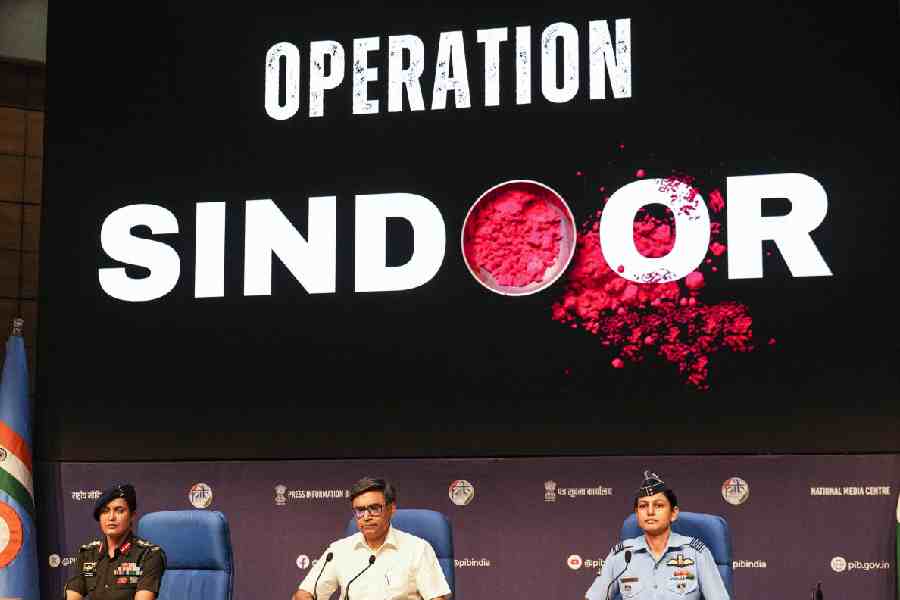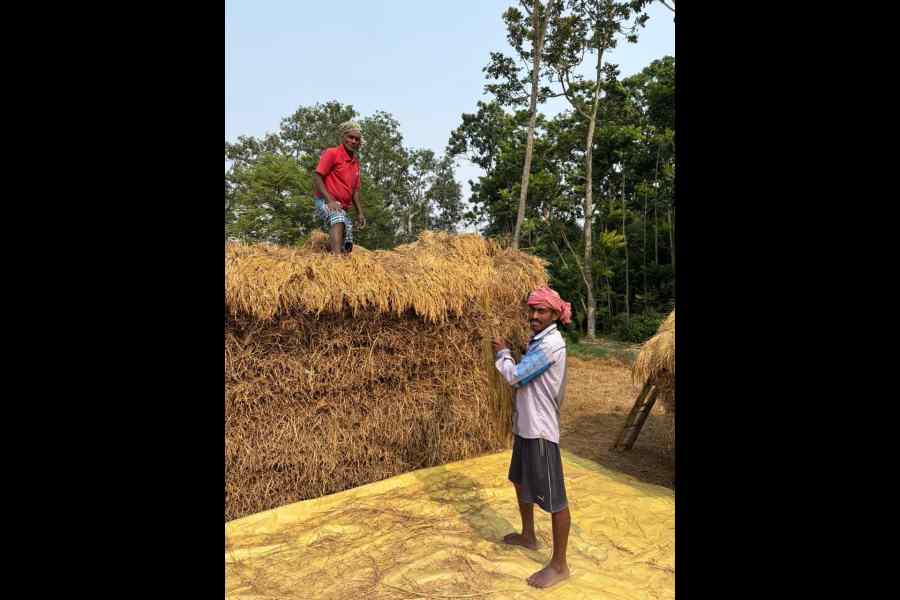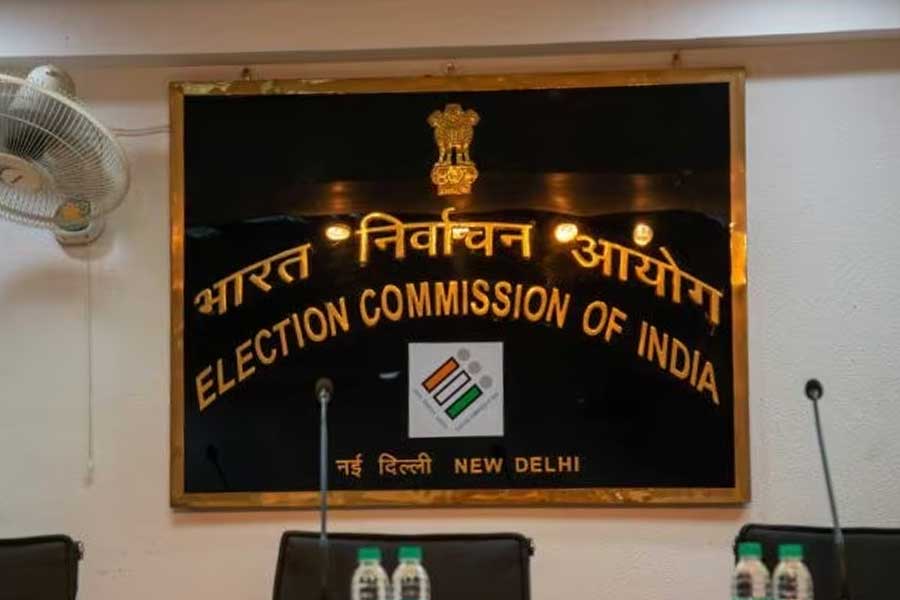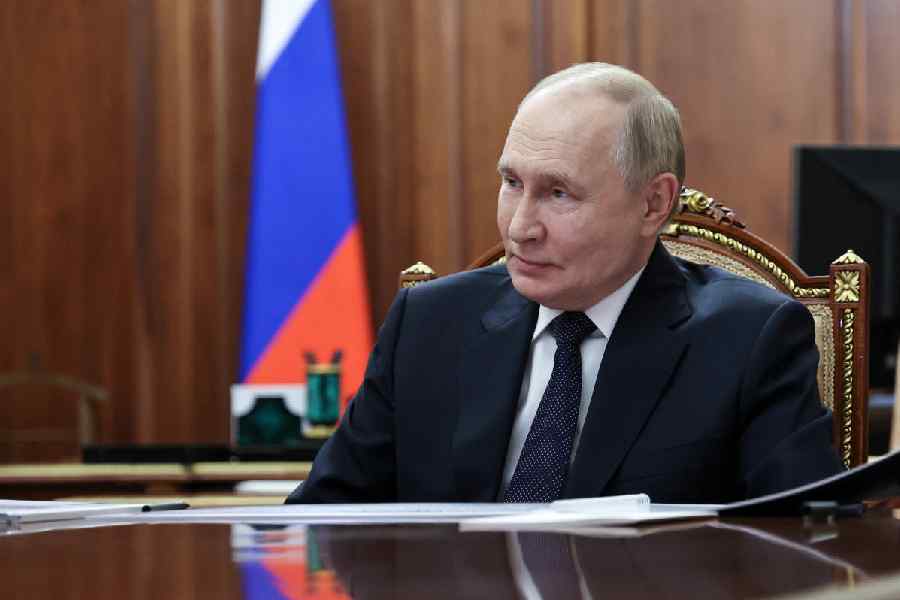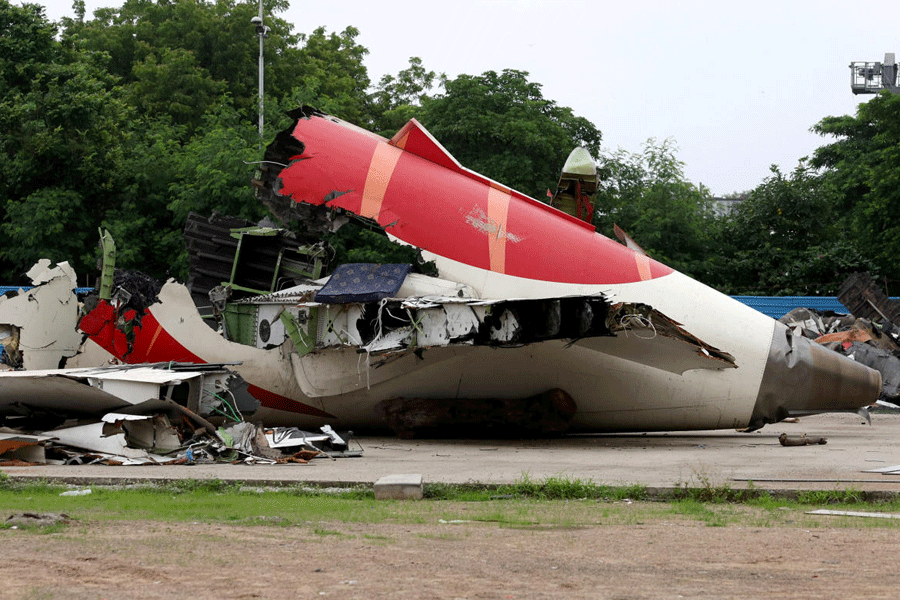It has been a little over two months since the dastardly Pahalgam terror attack, yet the world seems to have moved on. But for those who care about accountability, security and the truth, the questions linger, heavy and unresolved. Who were the terrorists who gunned down 26 men on that fateful morning in the Baisaran Valley? Where have they vanished since? How are they being pursued? If there was an intelligence and security failure — as is evident — why has no senior security official or top political leader been held responsible? Where is the evidence linking them to Pakistan, since that claim forms the basis of all subsequent diplomatic and military action by New Delhi?
These questions cannot be wished away by turning Operation Sindoor, launched in response to the Pahalgam terror attack, into an official narrative of triumphalism. There are equally troubling questions about the military operation itself that deserve honest answers. These begin with the precision strikes on nine sites inside Pakistan and Pakistan-occupied Kashmir, ostensibly linked to terror groups, which were launched on the night of May 7. Seven of these sites were within 16 kilometres of the Line of Control or the international boundary and were targeted by the Indian army using specialised artillery ammunition and loitering munitions.
That leaves the two sites deep inside Pakistan’s Punjab province targeted by the Indian air force. Despite the Narendra Modi government’s efforts to spin the outcome of that night as an outright victory, it is now clear that the IAF suffered major losses that forced it to fly all its fighter jets again only after two days. This episode exposes uncomfortable truths about the IAF’s operational latitude and the deeper structural weaknesses that continue to hobble India’s military effectiveness.
The Modi government’s messaging was clear: the strikes were “focused, measured and non-escalatory”, targeting only terrorist infrastructure and scrupulously avoiding Pakistani military sites. This restraint, we are told, was a mark of responsible statecraft. India, unlike its adversary, would not escalate or risk a wider war. But this narrative, repeated ad nauseam by government spokesmen and echoed by pliant sections of the media, is less a product of strategic wisdom than of political calculation and operational anxiety.
The government’s “restraint” was not born of confidence, but of necessity. The rules of engagement imposed on the IAF, which prohibited attacks on Pakistani aircraft or air defences, were not just about the moral high ground; they reflected a misplaced political assessment of Pakistan’s military response. The operational thinking that eschewed military targets was premised on the assumption that Pakistan would not dare to shoot down IAF jets flying in Indian airspace. This self-imposed political limitation meant that Indian pilots possibly found themselves in an aerial conflict with their hands tied behind their backs, unable to neutralise Pakistani threats or shape the battlespace in their favour.
The results were predictable. Pakistan, fully mobilised and anticipating retaliation, exploited these constraints. The moment the IAF fired its precision-guided munitions on the two targets, the Pakistan air force claims to have changed its rules of engagement from deter to destroy. The IAF lost up to five aircraft, including its most modern Rafales, in what must be counted as India’s heaviest air losses since 1971. The element of surprise was absent, and the IAF’s adherence to restrictive rules of engagement left it dangerously exposed. The Modi government’s subsequent efforts to downplay or obfuscate these losses betray a deeper discomfort: the reality of losses in the air is hard to square with the rhetoric of bold leadership.
Equally telling is the fact that the director general of military operation’s call to his Pakistani counterpart, advising Pakistan to de-escalate as India had only hit terror sites, came on the morning of May 7 after the IAF’s losses a few hours earlier. This call was to generate a political controversy because of the external affairs minister, S. Jaishankar, but it is clear that after Pakistan had shot down IAF jets in Indian airspace, the Modi government told Pakistan to halt the conflict. Pakistan had suffered no military losses till then; India had lost its fighter jets flying in its own airspace, taken down by the Pakistan air force. Yet the Modi government asked Pakistan to de-escalate at that point, a templated decision that demonstrated a rigidity of thought. After all, a move meant to demonstrate strategic control in dealing with Pakistan had no meaning after the IAF jets had been shot down. This pattern of audacious rhetoric followed by cautious, even panicked, retrenchment has become a hallmark of Modi’s prime ministership.
The IAF’s performance in Operation Sindoor was shaped not just by political directives but by deeper structural problems. The force was operating with less than 30 operational squadrons of fighter jets, well below the 42 it is authorised, leaving it stretched thin for high-intensity operations. The lack of access to the Rafale’s source code, despite repeated requests to France, meant that Indian engineers could not fully
integrate indigenous weapons or adapt mission systems to evolving threats. In contrast, Pakistan was able to operate fully in the Chinese ecosystem. This digital dependence is not a mere technicality: it is a strategic liability, limiting India’s ability to innovate, respond, and sustain combat effectiveness in a dynamic battlespace. The Rafale, sold as a symbol of Indian airpower, is in reality a platform over which India exercises only partial sovereignty — a fact that became painfully clear when the chips were down.
As subsequent events on May 10 were to prove, the IAF had the capability to inflict greater harm, but was held back by political caution and fear of uncontrolled escalation on the first night. This may have prevented a wider conflict, but it also meant that the operation’s strategic impact was modest at best. The crisis ended not with a decisive shift in the balance of power but with both sides claiming victory and the underlying sources of instability unresolved. The next crisis between the two nuclear-armed states will resume from this highly unstable rung in the escalation ladder, cheered by nationalistic hordes convinced that their side’s win in a military conflict is guaranteed.
The time for propaganda is over. If India is to avoid repeating these mistakes, it must confront the realities of its own limitations. It must invest in true technological independence, empower its military with the tools and the freedom to fight effectively, and demand honesty and accountability from its leaders. India deserves a political leadership willing to face the truth, however uncomfortable it may be. Only then can the country hope to secure its interests and its future in a nuclearised neighbourhood.
Sushant Singh is lecturer at Yale University

